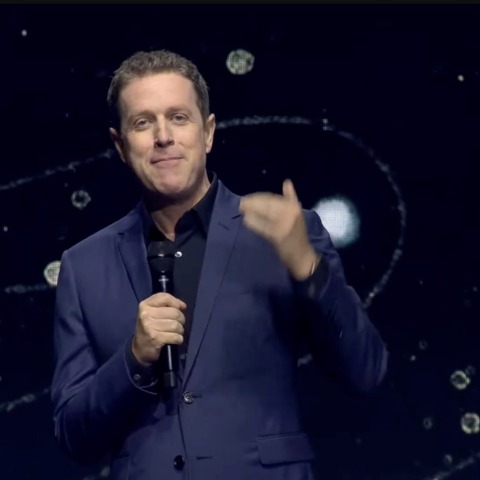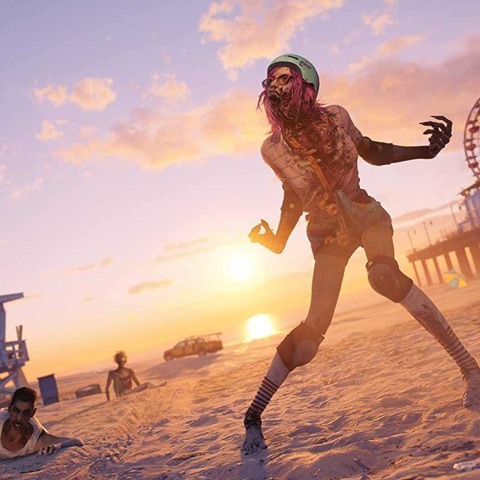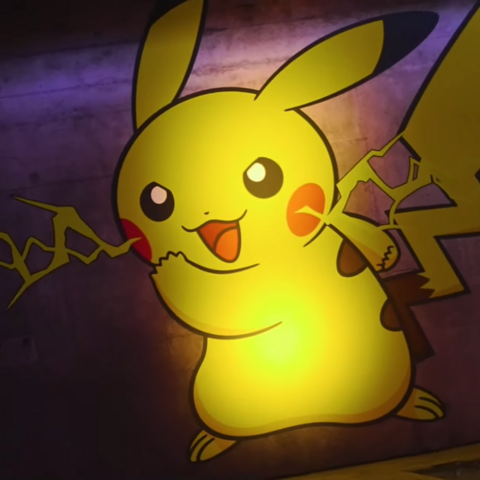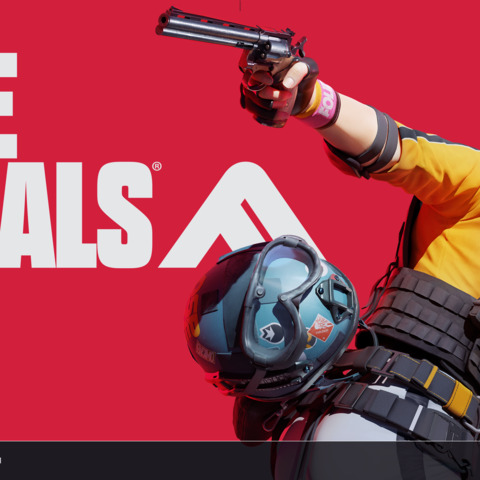Kerbal Space Program has been giving players opportunities to explore the final frontier for years. With the launch of Kerbal Space Program 2 next year, the universe is expanding--and it's going to be a lot easier to understand.
At Gamescom, developer Star Theory gave a hands-off presentation about the many changes going into Kerbal Space Program 2. The underlying premise of the game remains unchanged: you build modular rockets, attempt to understand physics, and you watch your vehicles explode hilariously. Then you try again, eventually helping your little green Kerbal characters find their way to new celestial bodies and scientific achievements. In Kerbal 2, you'll be sending Kerbals further than ever, in bigger, more futuristic and speculative spacecraft. You'll also leave your mark behind as you set up space colonies and help Kerbals spread throughout the galaxy.
As creative director Nate Simpson explained, a big part of the expansion of Kerbal Space Program is in the addition of new star systems that you'll now be able to reach and explore. A lot of that exploration comes from the late-game expansion of Kerbal's tech trees, which open up new ship pieces and new technologies. The colony building system is directly tied to your ability to reach these strange new worlds, Simpson said. As you construct bases on other planets or even in orbit, you'll gain the ability to build huge vehicles at those colonies that you couldn't if you were stuck on your homeworld.
"Whereas in the original game you would have been limited to what you could launch from the gravity well of Kerbin, now you can be building vehicles of arbitrary scale on orbit," Simpson told GameSpot. "And these vehicles are big; to carry enough fuel that you can burn halfway to the nearest star, flip, and then decelerate the other half of that journey, you're carrying a lot of fuel with you. So you need to be able to build big. It really changes especially the late parts of the progression in a pretty fundamental way."
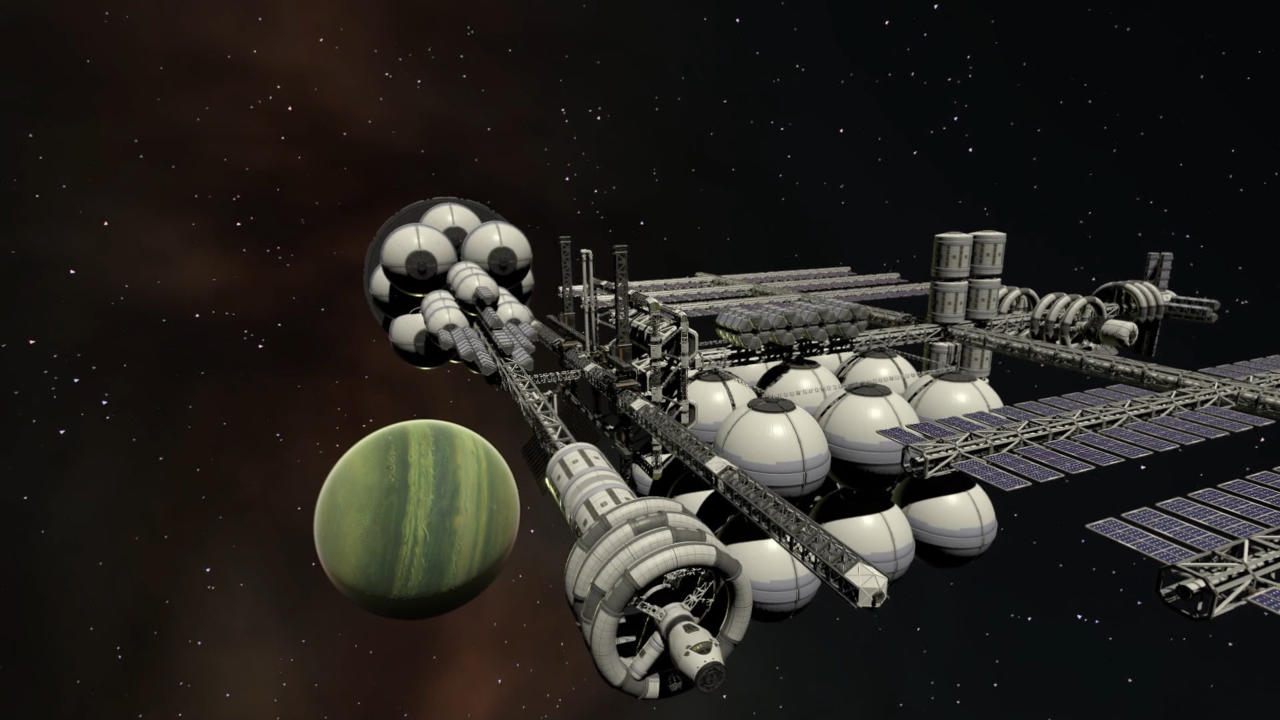
Expanding the distances you can cover and the worlds you can visit in Kerbal Space Program 2 raises one huge question, though: Is there something out there to find?
"I think people will find that their curiosity is rewarded," Simpson said, cryptically.
Star Theory is expanding on where players can go in Kerbal as they reach the later stages of the game, but for many players, it's the early portions that are tough to grasp. The original Kerbal Space Program has a fairly tough-to-parse user interface, and the physics concepts it relies on can be complex and confusing.
Simpson said that Star Theory is overhauling the new player experience in Kerbal Space Program 2. Building menus are clearer and better organized, for instance, and important concepts are taught to players with short animated visuals, instead of in text menus. Simpson said, as a player of the game for the last seven years, one of his biggest hurdles in sharing it with people was getting them through those early parts of the game.
"We recognize that, while this game is challenging, and we have not made it any less challenging than the original game, the mastery of the physics concepts that are needed to do well in the game is something that I think almost anybody can do," Simpson said. "It doesn't require any specialized knowledge, it just requires interest. So what we're doing is overhauling the tutorials to make these concepts a little more intuitive."
A lot of figuring out how to rework tutorials to teach scientific concepts was trial and error--"in true Kerbal fashion," Simpson said--but testing suggests the studio has found something that's working.
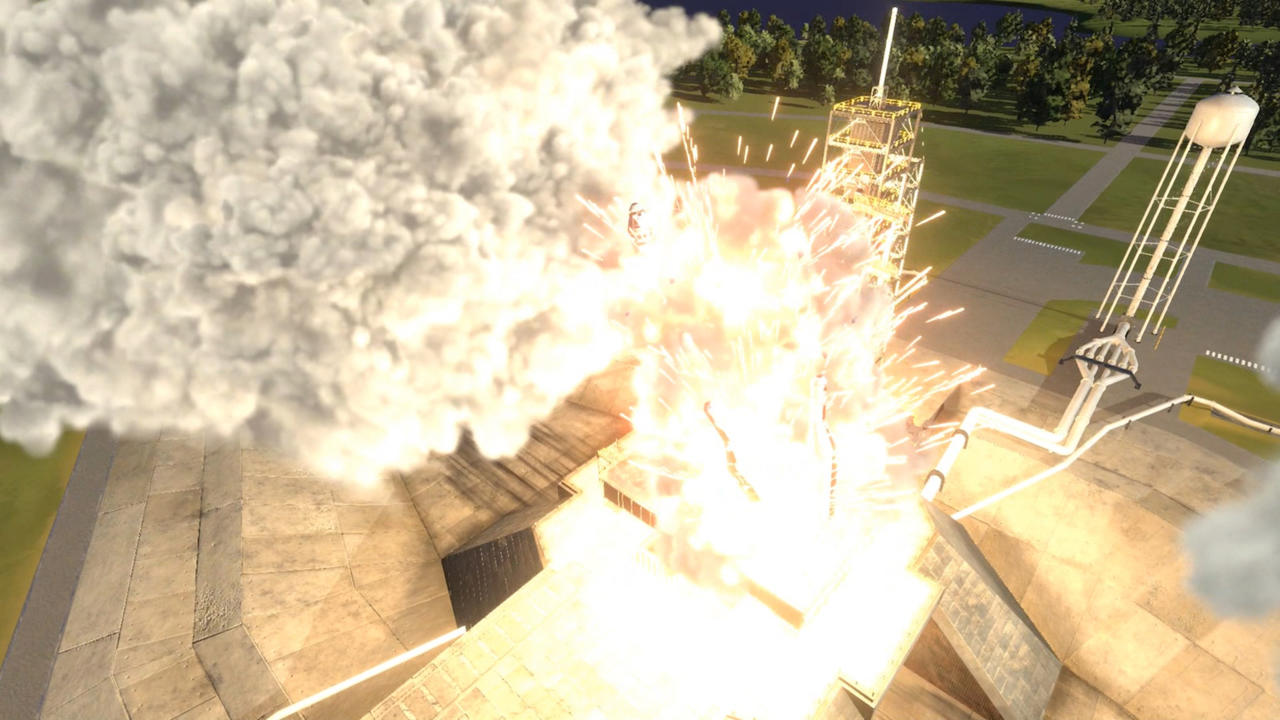
"We're very optimistic about our chances [with these tutorials] because we've tried this out on quite a few people now and they're getting conversant in the game more quickly, they're having fun more quickly," he said. "They're getting a little more comfortable with the idea of failure in the game because even if you do know what you're doing in this game, you're failing all the time. It's just that once you know how to play the game you know what lessons to learn from those failures. And it's failure without learning that we're trying to avoid. We don't want people to hit a wall again and again and get frustrated and walk away."
Creating a bigger, more welcoming universe will also expand to another key element of Kerbal Space Program 2: modding. Star Theory is working to support new modding opportunities for Kerbal 2, Simpson said--as well as adding multiplayer to the game.
"The reason we overhauled the engine ... was actually to enable multiplayer, and also an extension to the modding capabilities," he said. "Obviously modders are at the center of the current Kerbal community, and we wanted to give them even more stuff to play with.
"All I can say about multiplayer is that our initial internal tests of multiplayer have been some of the most fun experiences I've ever had in gaming, and I'm very excited to share more of that down the road," he continued. "I've never heard anyone laugh as loud as we were all laughing as we were messing around with that system."






